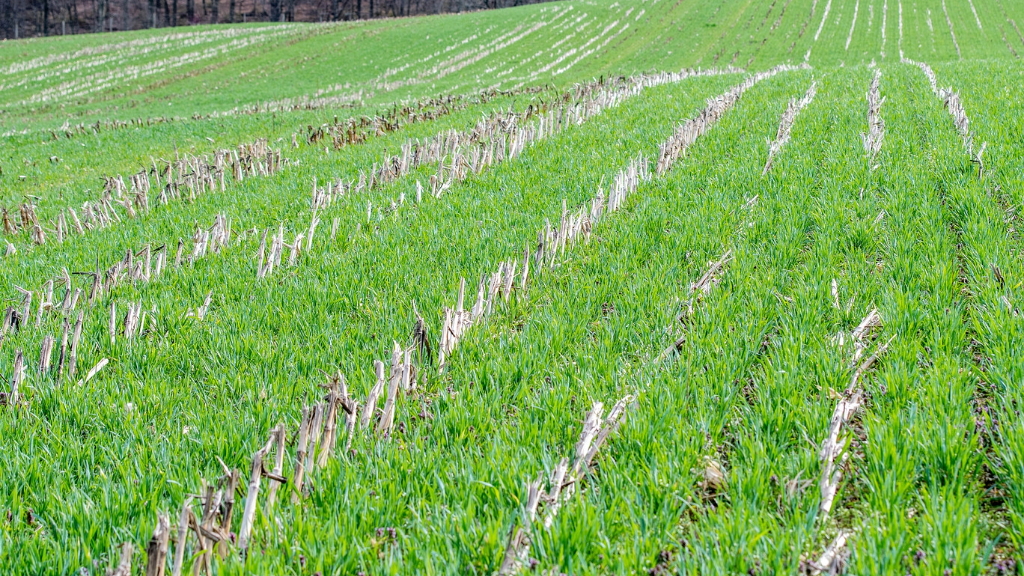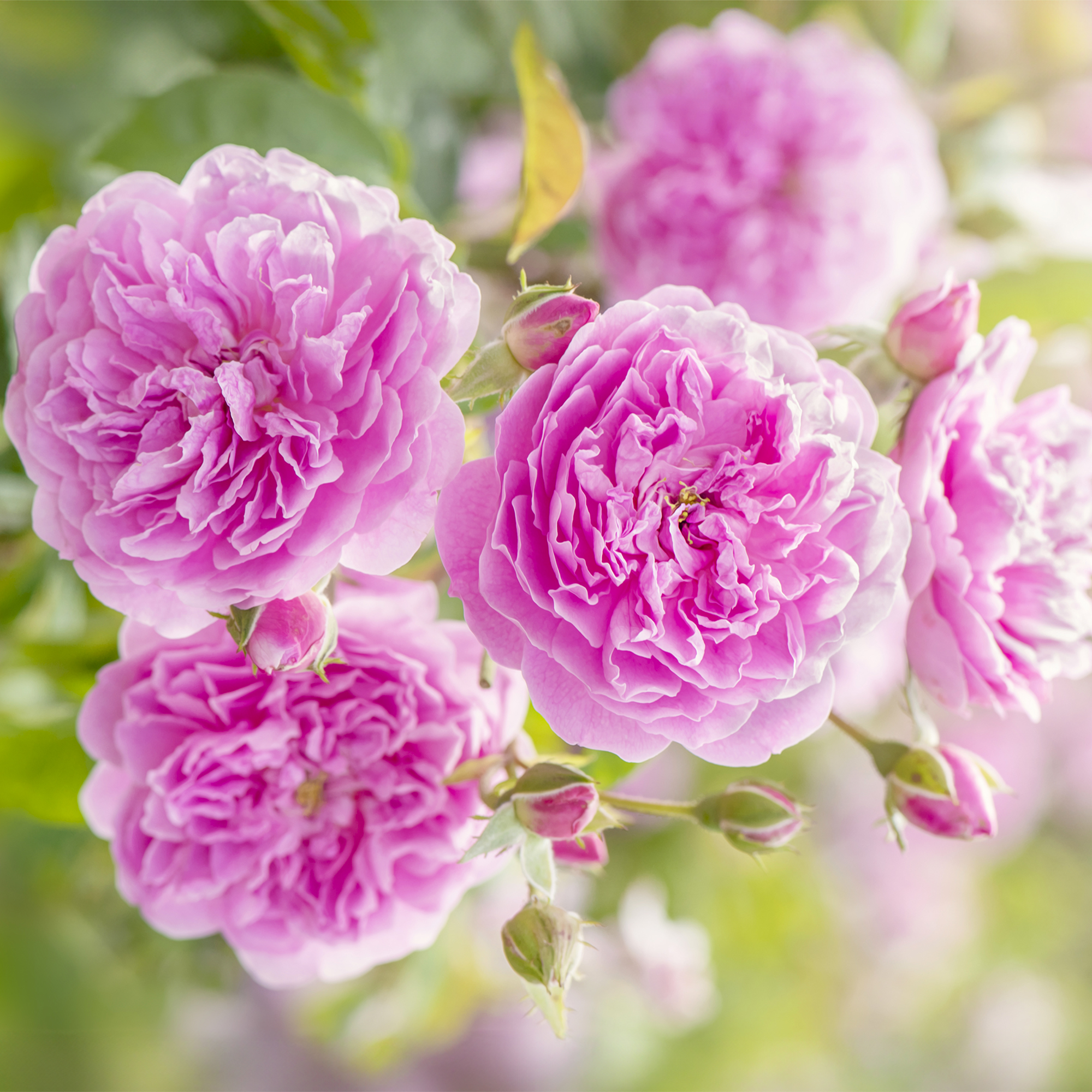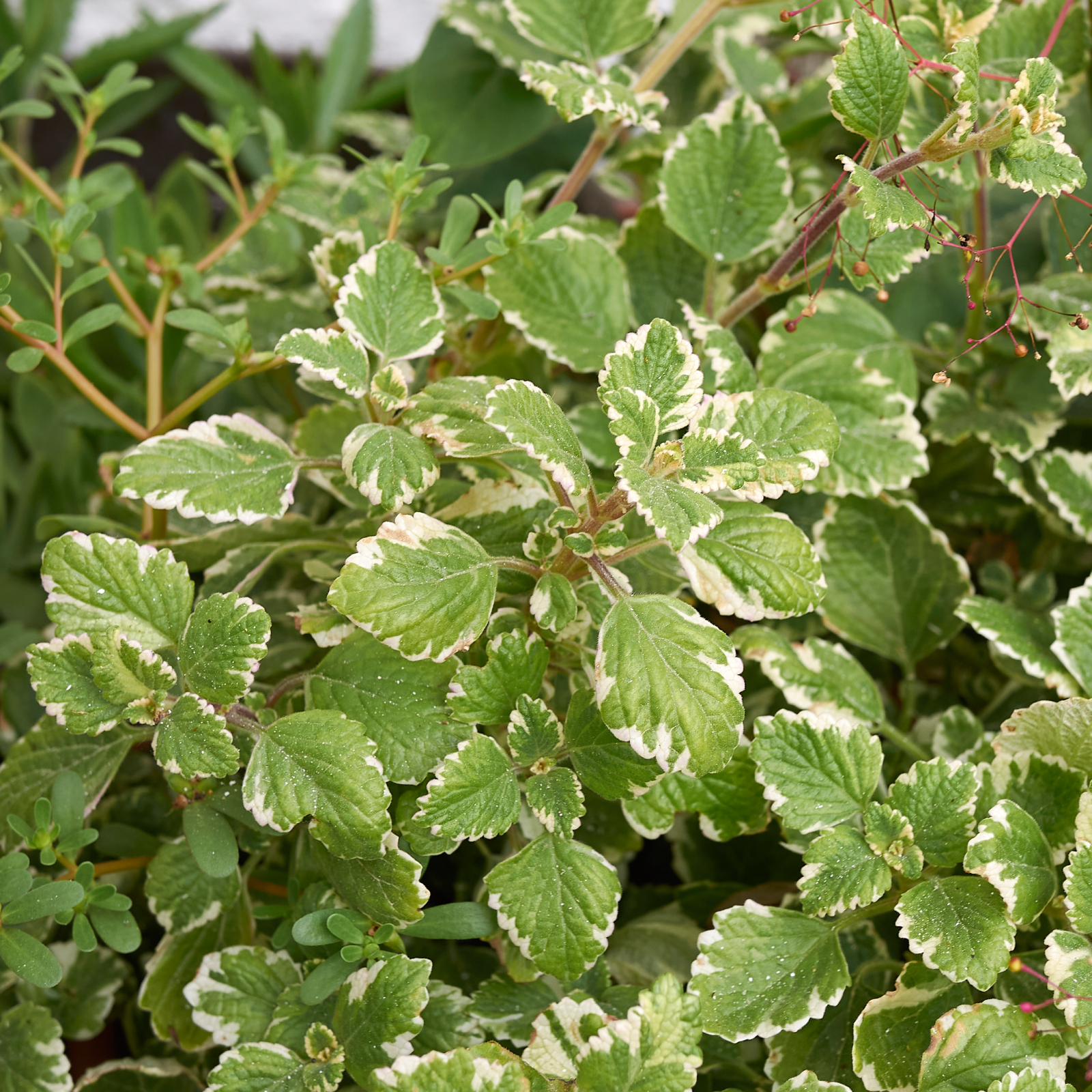History Of Cover Crops: Learn About Cover Crop Use Through Time


Also known as green manure, cover crops have been used in farming and gardening since ancient times. From the biggest farms to backyard vegetable gardens, cover crops can be used to enrich the soil, prevent erosion, improve water penetration, and for many other reasons. Here's a little history behind this smart growing practice.
What is a Cover Crop?
The term refers to anything that is grown on a farm or in a garden that is not a cash crop. In other words, it is not grown to sell or make a profit or to be used by the gardener. It serves a secondary purpose. Cover crops are usually grown in the winter when the fields are done producing and are then worked into the soil in the spring.
History of Cover Crops
Agriculture is an ancient practice, first beginning more than 10,000 years ago. And it probably didn't take long for early farmers to realize the benefits of cover crops. There are references to the practice from ancient China and India. In western writing, we see that the ancient Romans were using cover crops, but it was likely a practice that began earlier than that. In the U.S., cover crops were used by some of our founding fathers, including George Washington.
The monoculture on tobacco farms in the South depleted soil of nutrients, and by the late 1700s, the use of cover crops grew in popularity and really became essential. Cover crop use through time has been important in agriculture for a number of reasons. This old gardening and farming practice has a lot of benefits for the farm:
- Cover crops slow down or prevent the erosion of soil.
- They smother out invasive weeds.
- With the right cover crops chosen, the soil is enriched with nitrogen.
- Cover crops improve the biodiversity of an area.
- Cover crops enhance the structure of the soil and improve water filtration.
- This is an organic way to control pests.
Traditional Cover Crops
Cover crops were widely used, even in big agriculture, right up to the middle of the 1900s. Use dropped off in favor of pesticides, herbicides, and fertilizer. But now there is renewed interest in cover crops and in using less of those industrial chemicals. Gardeners can get in on this too. Here are some plants traditionally used as cover crops to get you thinking:
Legumes are especially popular as cover crops, and have been since ancient times, because they fix nitrogen and add it to the soil where cash crops can benefit from it.
Gardening tips, videos, info and more delivered right to your inbox!
Sign up for the Gardening Know How newsletter today and receive a free copy of our e-book "How to Grow Delicious Tomatoes".

Mary Ellen Ellis has been gardening for over 20 years. With degrees in Chemistry and Biology, Mary Ellen's specialties are flowers, native plants, and herbs.
-
 How Much Sun Do Roses Need To Grow? Understanding Rose Light Requirements
How Much Sun Do Roses Need To Grow? Understanding Rose Light RequirementsDiscover how much sunlight your roses really need to grow strong, bloom beautifully, and stay healthy all season long.
-
 Which Ivy Is Best For A Garden? 7 Varieties Of Ivy To Grow (And 2 To Avoid)
Which Ivy Is Best For A Garden? 7 Varieties Of Ivy To Grow (And 2 To Avoid)Lots of varieties of ivy can complement your garden, provide groundcover, or create a private oasis, but which is best? Explore our top picks for beautiful ivy.